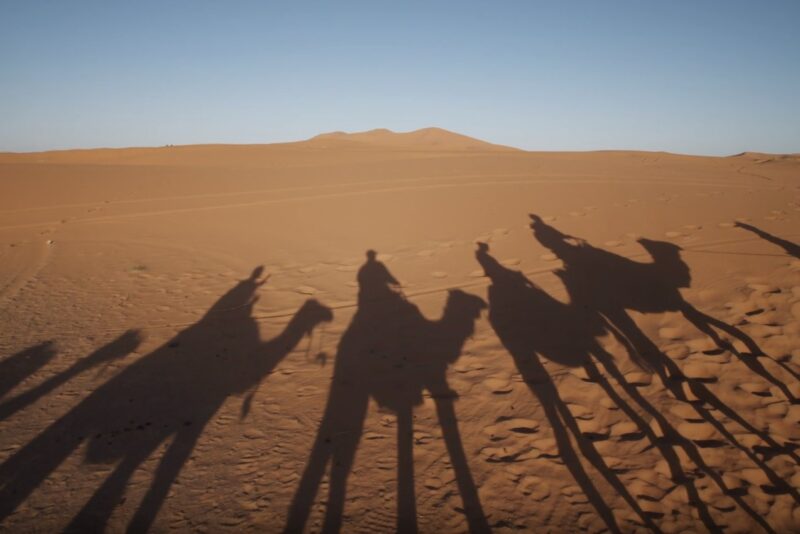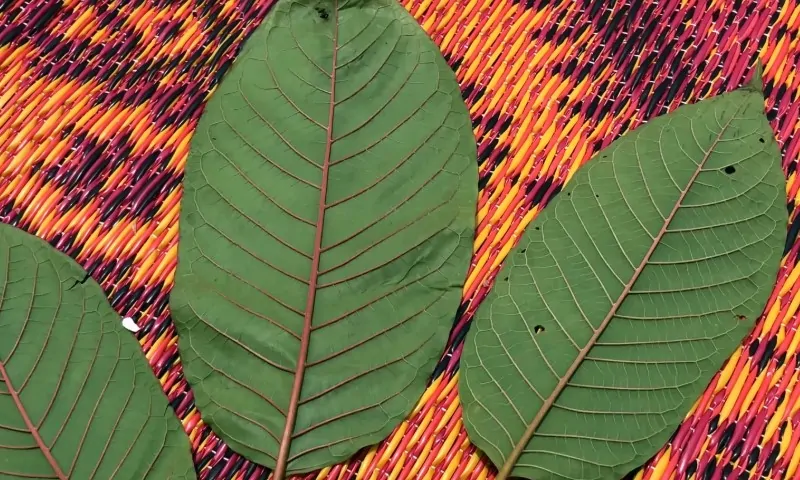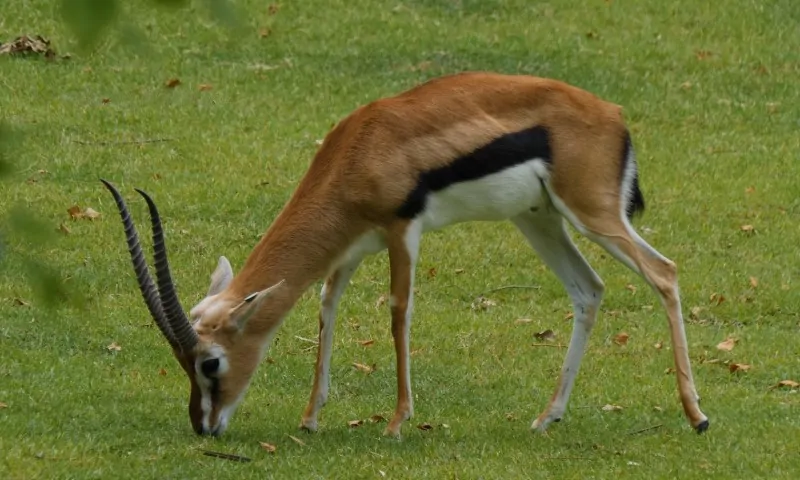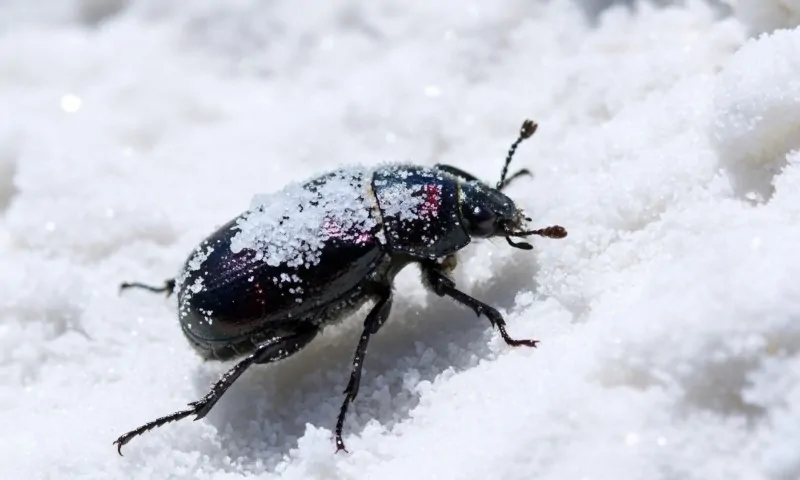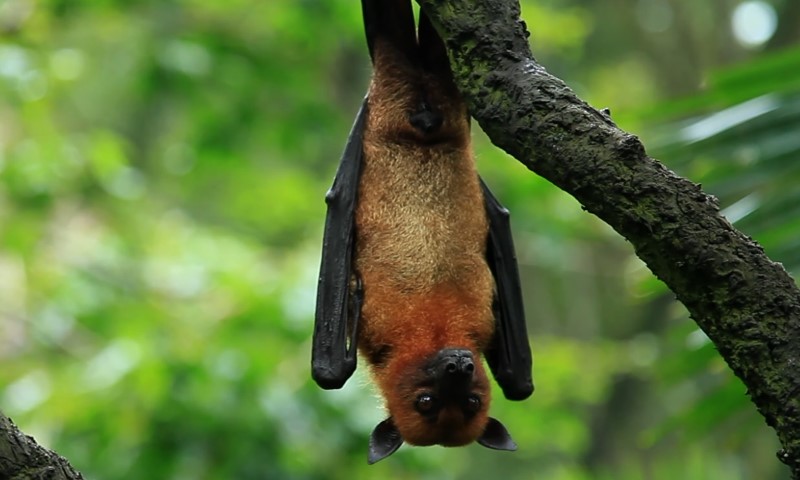The Sahara Desert covers over 9.4 million square kilometers. It holds the title of the largest hot desert in the world. Sand dunes, rocky plateaus, and dry valleys dominate its landscape. Heat and dryness rule every corner.
Even with these extremes, many animals survive in the Sahara. Some hide during the day. Others store water or move across vast distances. You will soon meet the most surprising species that thrive in this powerful desert.
Table of Contents
ToggleKey Takeaways
- The Sahara Desert hosts a wide range of animals, all adapted to thrive in extreme conditions.
- Protecting endangered species in the Sahara Desert, such as the Saharan Cheetah and Addax Antelope, is vital for biodiversity.
- The survival of life in the Sahara highlights the need to maintain natural habitats for the health of our planet.
Deathstalker Scorpion
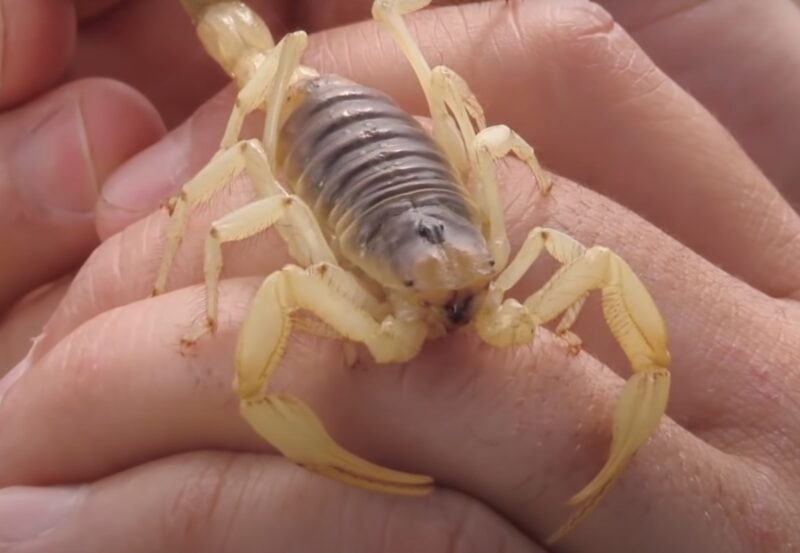
Most venomous in the world, the Deathstalker delivers a sting that causes searing pain. Fatal outcomes are rare but possible.
Burrows and shaded rock cracks offer protection during peak heat. After sunset, it emerges to hunt. Precision and speed turn insects into quick meals.
Water loss stays minimal thanks to a tightly sealed exoskeleton. Heat resistance comes built in. As a predator, it keeps insect populations in check and supports the desert’s fragile balance.
Fun Fact: The Deathstalker Scorpion glows a vibrant blue-green under ultraviolet light, a feature that scientists use to study them in the dark.
Saharan Silver Ant
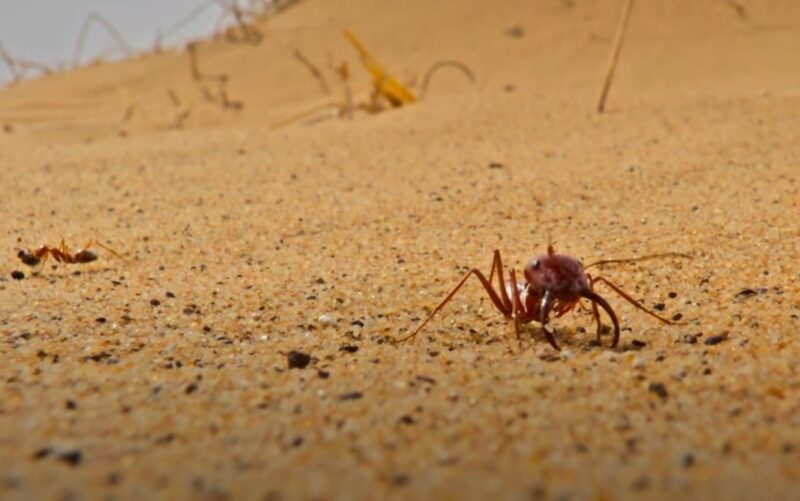
Only one desert insect moves when everything else hides. The Saharan Silver Ant steps out during the hottest part of the day, but only for a few minutes.
A coat of silver hairs reflects sunlight and limits heat absorption. This natural shield, combined with extreme internal heat tolerance, allows survival in surface temperatures near 70°C (158°F).
Movement stays fast and focused. It searches for insect remains, avoids predators, and returns underground before the heat turns deadly. Its survival depends on speed, timing, and a body built for the desert’s worst conditions.
Fun Fact: Saharan Silver Ants are among the fastest insects in the world, moving up to 50 times their body length per second.
Saharan Cheetah
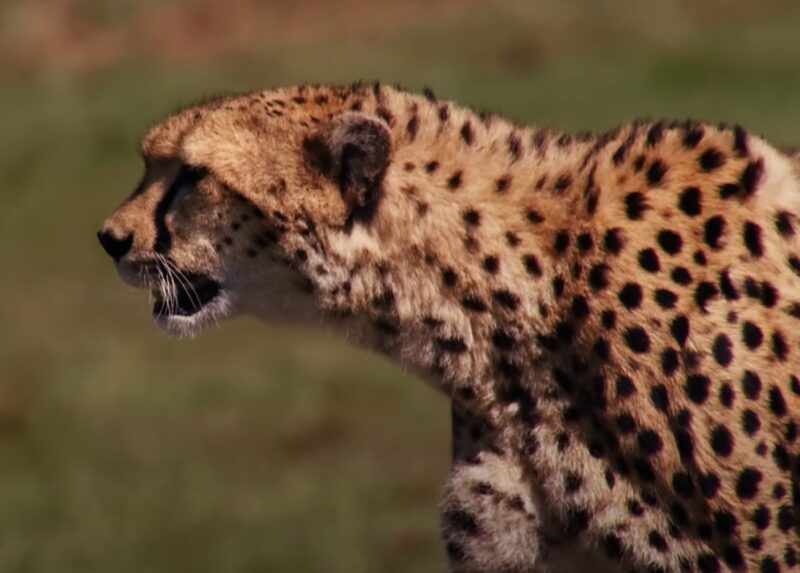
Fewer than 250 remain. The Saharan Cheetah moves in silence across the central western desert, almost never seen by human eyes.
Its body shows key differences from other cheetahs. A leaner frame and lighter coat help reduce heat absorption and improve endurance. Dawn and dusk serve as hunting hours, when temperatures drop and prey like gazelles come out.
Speed still defines it. But strategy plays a larger role. Each hunt uses as little energy as possible. Survival depends on precision.
Fun Fact: Saharan Cheetahs have less distinct spots and a lighter coat color compared to other cheetah subspecies, helping them blend into their desert surroundings.
West African Crocodile
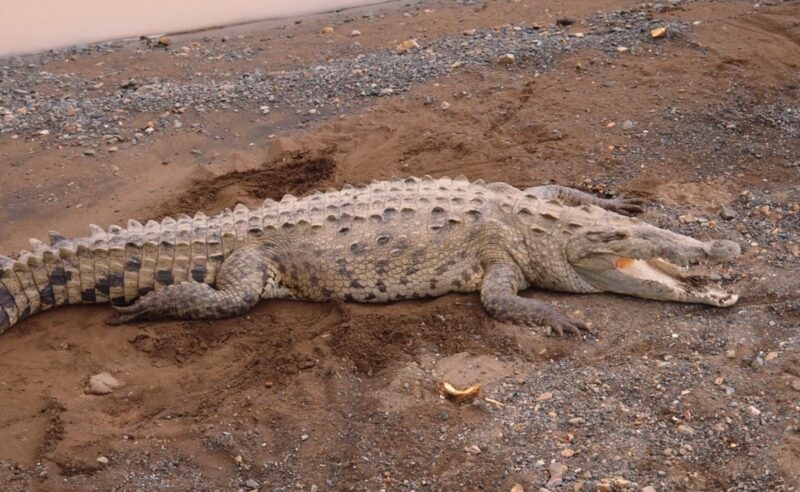
Contrary to what one might expect, the West African Crocodile resides in the Sahara Desert, utilizing caves and burrows to aestivate during dry spells.
Caves and burrows hold the key to survival. The West African Crocodile uses these hidden spaces to slow its body down during dry periods. This process, called aestivation, reduces energy use and keeps it alive without constant water access.
Despite the harsh desert setting, this crocodile appears in isolated pools that form during the rainy season. It waits, strikes, and feeds while water lasts. Then it retreats underground when conditions shift.
Few would expect a crocodile in the Sahara Desert. But this species proves that survival depends on timing, adaptability, and the ability to endure long stretches without food or water.
Fun Fact: West African Crocodiles can survive for months without food, thanks to their ability to slow down their metabolism during dry periods.
Desert Monitor Lizard
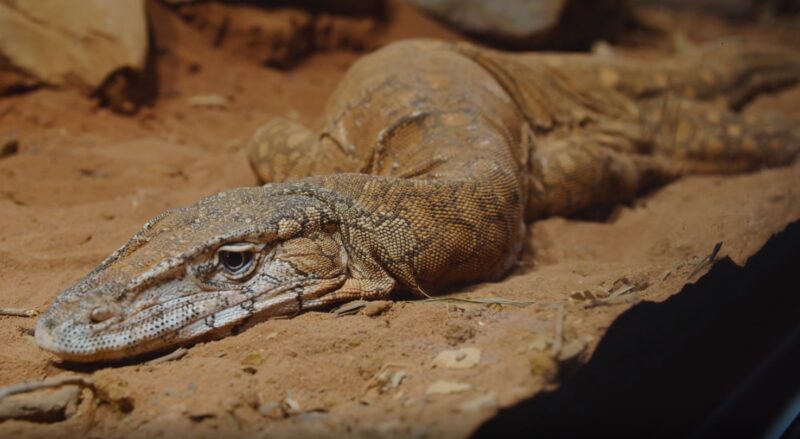
One of the largest reptiles in the Sahara, the Desert Monitor can reach up to 2 meters in length. Size and strength give it an advantage as a skilled predator.
It hunts rodents, fish, and eggs during the warmer months. In colder seasons, it hibernates underground to conserve energy. Sharp claws and powerful jaws help it take down prey with ease.
Fat stored in its tail provides energy during food shortages. That internal reserve supports survival when resources vanish. Its success comes from physical power, seasonal awareness, and built-in endurance.
Fun Fact: Despite living in one of the driest environments on Earth, Desert Monitor Lizards have adapted to efficiently absorb moisture from their food, allowing them to stay hydrated without needing large sources of water.
Birds of the Sahara
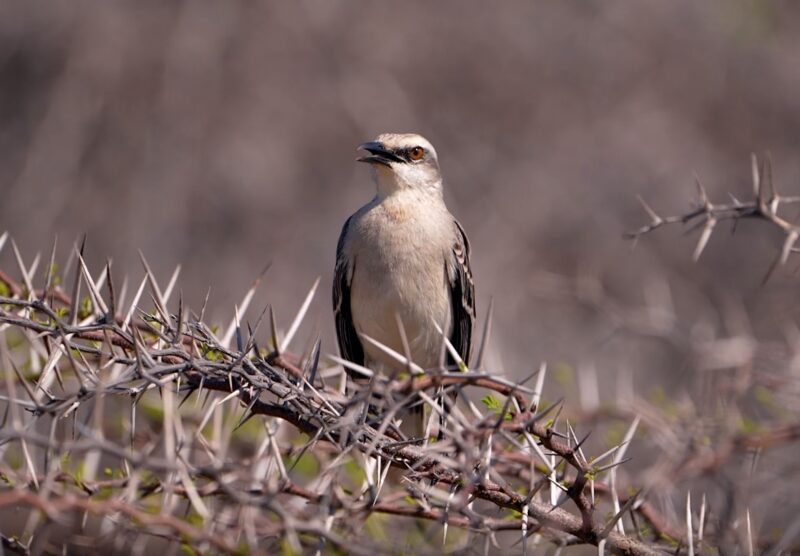
Even in dry stretches of sand and stone, birdlife survives. Species like the Black-faced Firefinch, African Silverbill, and North African Ostrich use oases and rare water points for shelter and nesting.
North African Ostrich, the world’s largest bird, has developed long legs and a powerful physique to cover vast distances in search of food and water, demonstrating remarkable endurance and resilience.
Feeding patterns shift with the land. Smaller birds feed on seeds and insects, often near vegetation. Nesting stays close to shaded spots or water. Quick flight and cautious movement help them avoid heat and predators.
Fun Fact: The North African Ostrich’s eggs are the largest of any living bird, weighing as much as 1.4 kilograms (3 pounds).
Gazelles of the Sahara
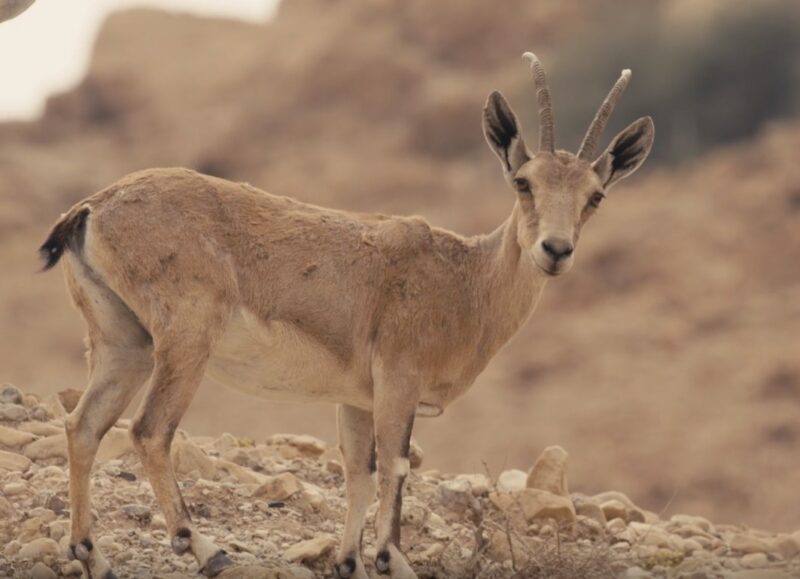
Gazelles such as the Dorcas, Rhim, and Dama inhabit the Sahara, showcasing adaptations like reduced water needs and the ability to tolerate high body temperatures.
However, they face threats from habitat loss and hunting, highlighting the need for conservation efforts to ensure their survival in the desert ecosystem.
Fun Fact: Gazelles can survive without direct access to water by extracting moisture from the plants they eat.
Domesticated Animals of the Sahara
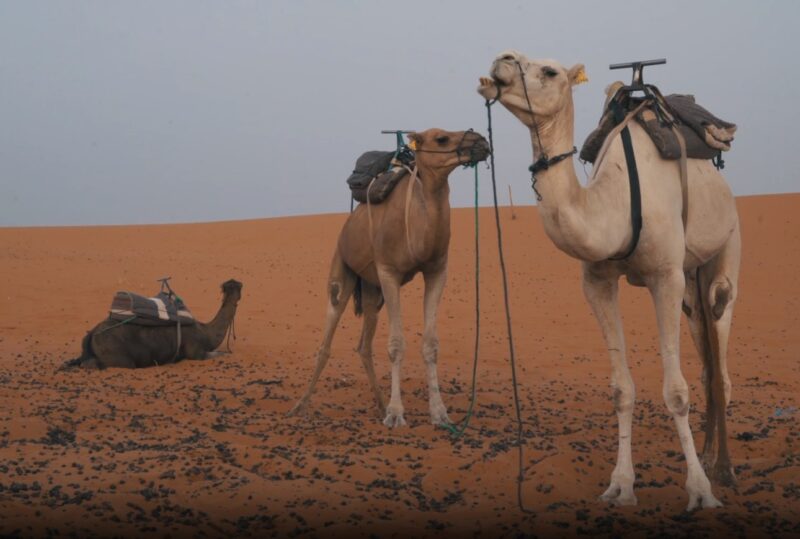
Camels, known as the “ships of the desert,” possess adaptations such as humps for fat storage and the ability to go without water for extended periods, making them indispensable for transportation and as a source of food and clothing.
Goats, adaptable to various environments, provide milk, meat, and hides, showcasing the intertwined lives of humans and animals in adapting to the desert landscape.
Fun Fact: Dromedary Camels’ humps are filled with fat, not water, which can be metabolized into water and energy when food is scarce.
Desert Foxes
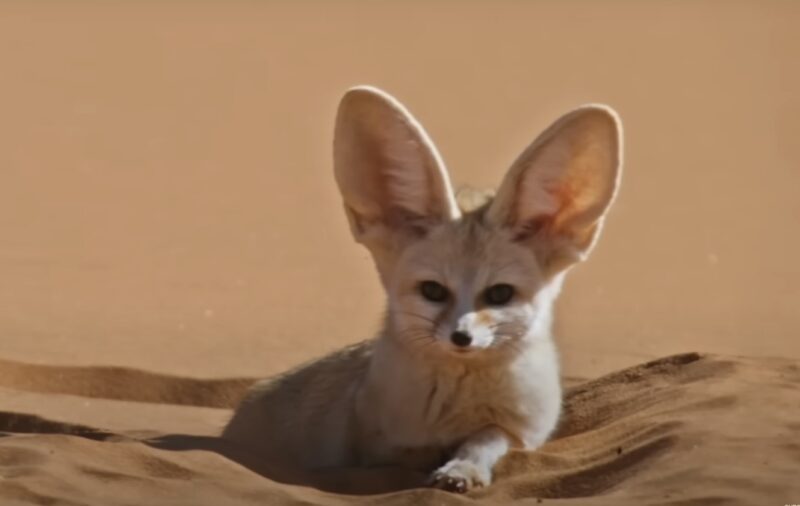
The Fennec Fox and Rüppell’s Fox thrive in the Sahara, exhibiting features like large ears for dissipating heat and thick fur on their feet to protect against hot sand. These nocturnal animals minimize water loss by being active at night and have diets that help them extract moisture from food.
Their burrowing habits offer shelter from the heat, demonstrating an intricate balance with their harsh environment.
Fun Fact: The Fennec Fox’s ears, which are the largest in proportion to its body size among all canids, help dissipate heat and listen for prey underground.
Addax Antelope
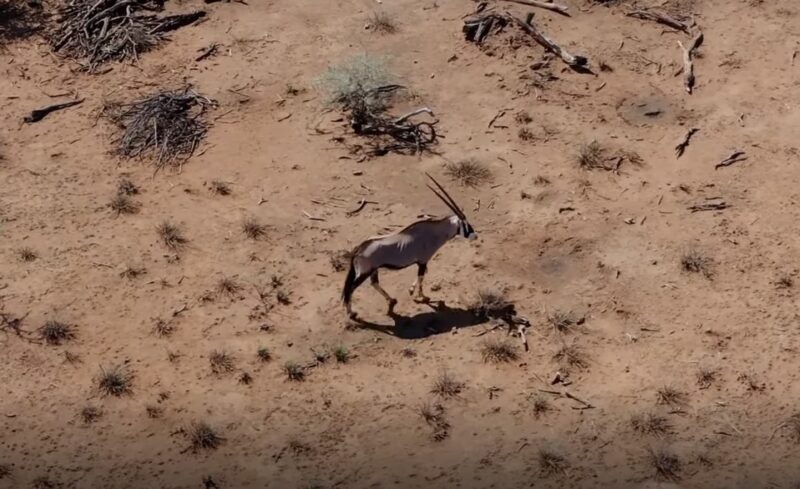
The Addax Antelope, critically endangered due to hunting, survives in the Sahara’s extremely arid conditions. It can live without direct water sources, obtaining moisture from the food it consumes.
Conservation programs aim to protect this species, emphasizing the importance of preserving biodiversity in extreme environments.
Fun Fact: The Addax Antelope can change the color of its coat with the seasons, turning lighter during summer to reflect the sun’s rays and darker in winter to absorb more heat.
Sand Viper
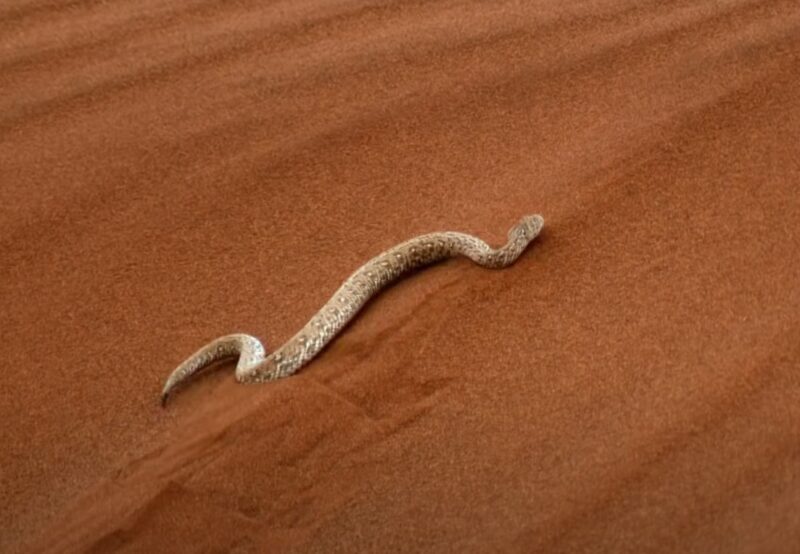
Its coloration blends seamlessly with the sandy environment, making it a stealthy predator.
The viper waits patiently for prey, striking with precision when an opportunity presents itself. Its venom is both a hunting tool and a defense mechanism against potential threats.
Remarkably adapted to conserve moisture, the viper rarely needs to drink, obtaining water from its prey. This snake’s life cycle and behaviors are finely tuned to the desert’s rhythms, embodying the essence of survival in one of Earth’s most extreme habitats.
Fun Fact: Sand Vipers often use a “sidewinding” motion to move across the hot desert sand, minimizing their body’s contact with the surface to avoid overheating.
Black-faced Firefinch
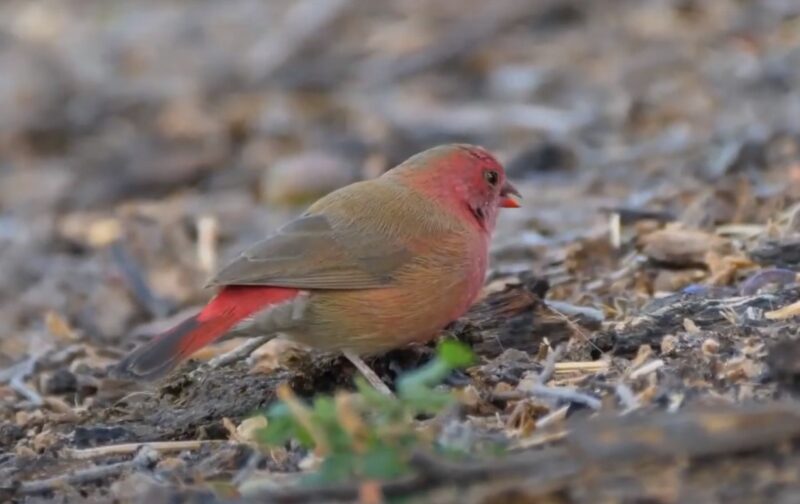
Seeds hidden in sparse desert plants fuel its survival. The Black-faced Firefinch searches low vegetation for food, using speed and sharp instincts to stay fed in tough conditions.
Its red plumage adds rare color to the Sahara’s landscape. Small but resilient, it survives by staying close to oases and shaded areas. Movement stays quick. Shelter is always nearby.
Groups often gather near water. Flocking increases safety and helps more birds find resources. Survival comes not just from instinct but from shared effort and constant awareness of the land.
Fun Fact: Despite their small size, Black-faced Firefinches have a complex song that can include up to a dozen different notes.
Summary
Life in the Sahara proves that survival is possible even under the harshest conditions. Each species adapts in its own way—through speed, timing, strength, or strategy.
Every animal plays a role in keeping the desert ecosystem stable. From scorpions to birds, each one shows how nature adjusts when pushed to the limit.
Protecting these habitats supports both biodiversity and long-term balance. Conservation efforts matter not only for rare species but for the health of entire regions shaped by extreme forces.
We are sharing other interesting articles about animals. So stay with us at afjrd.org

